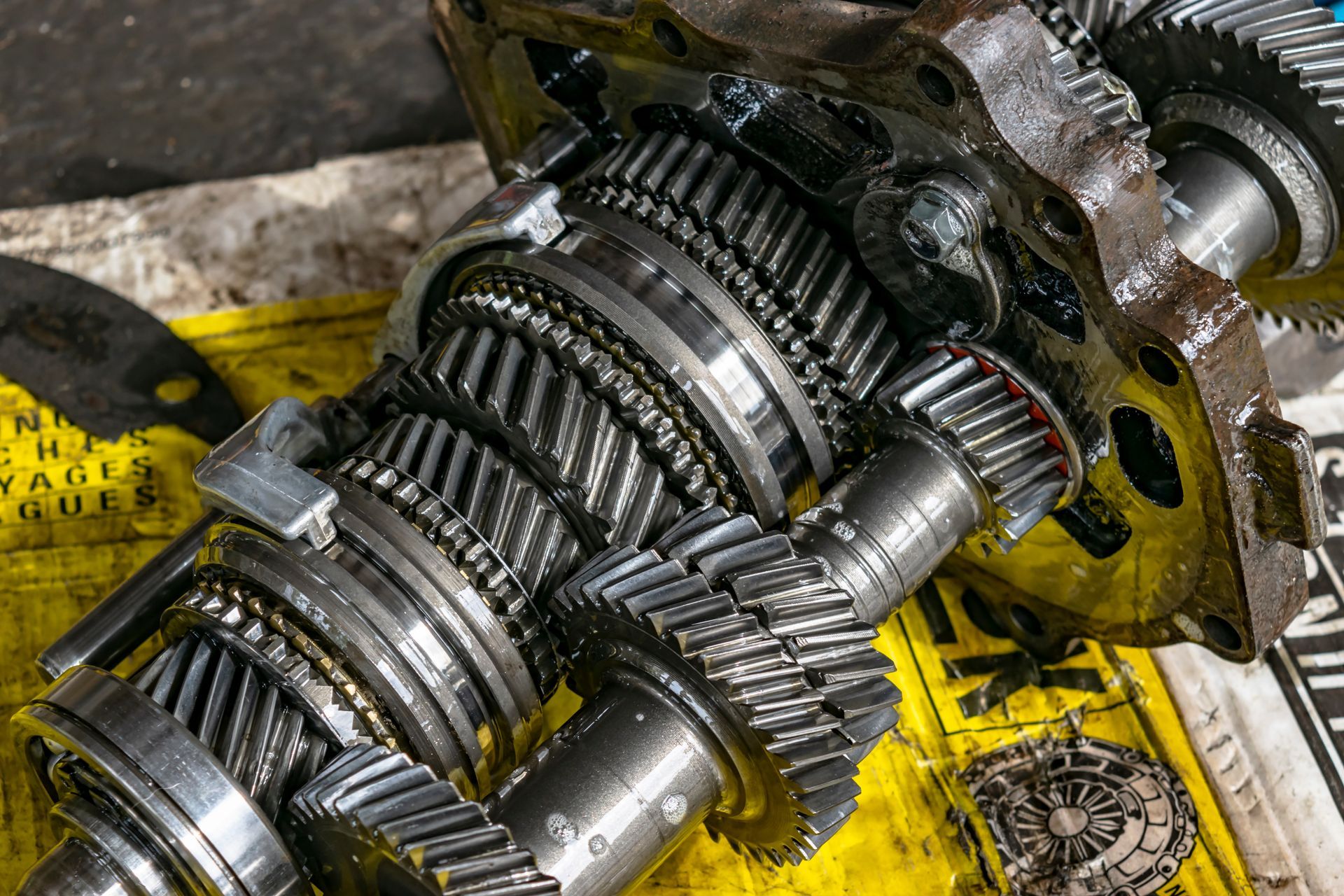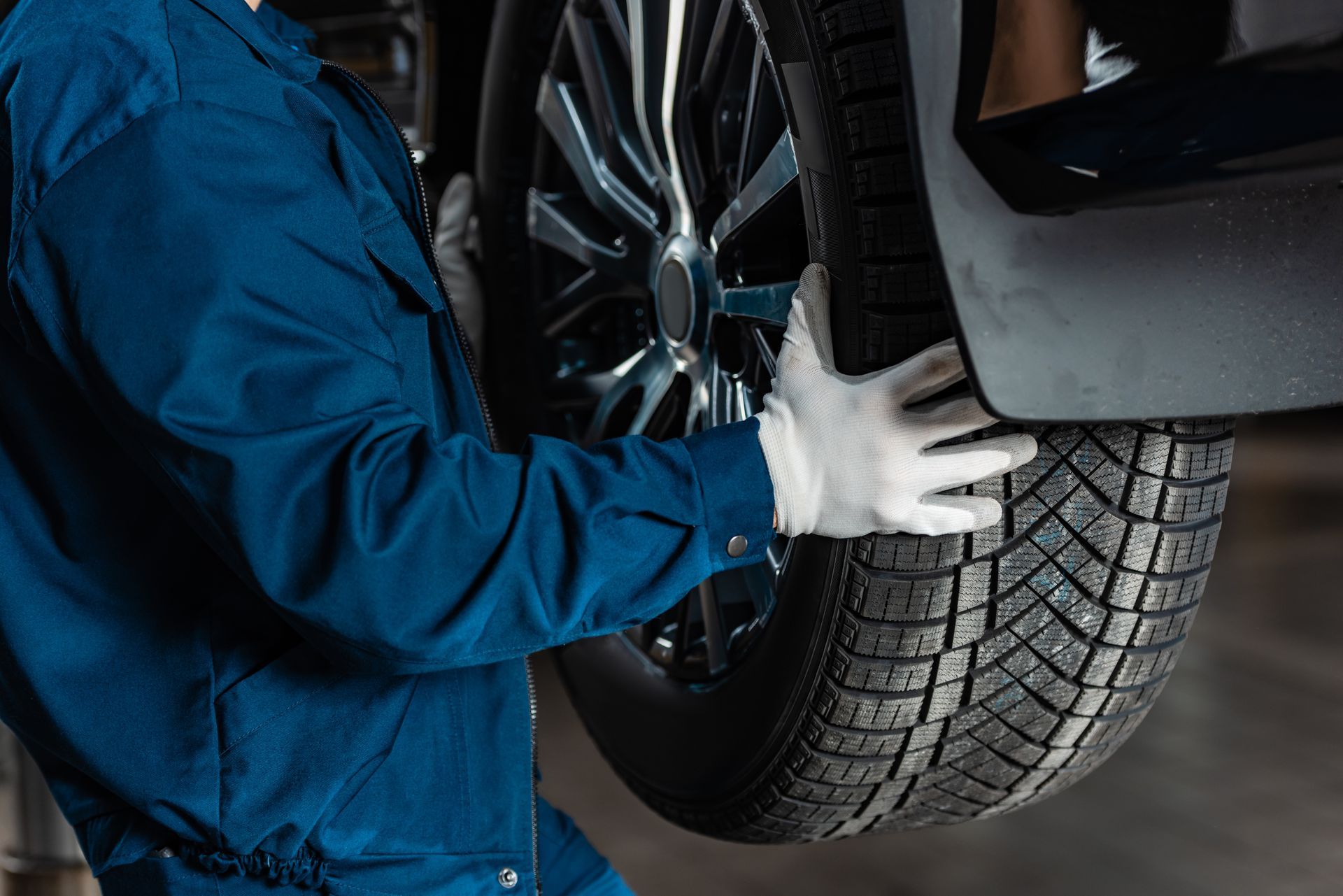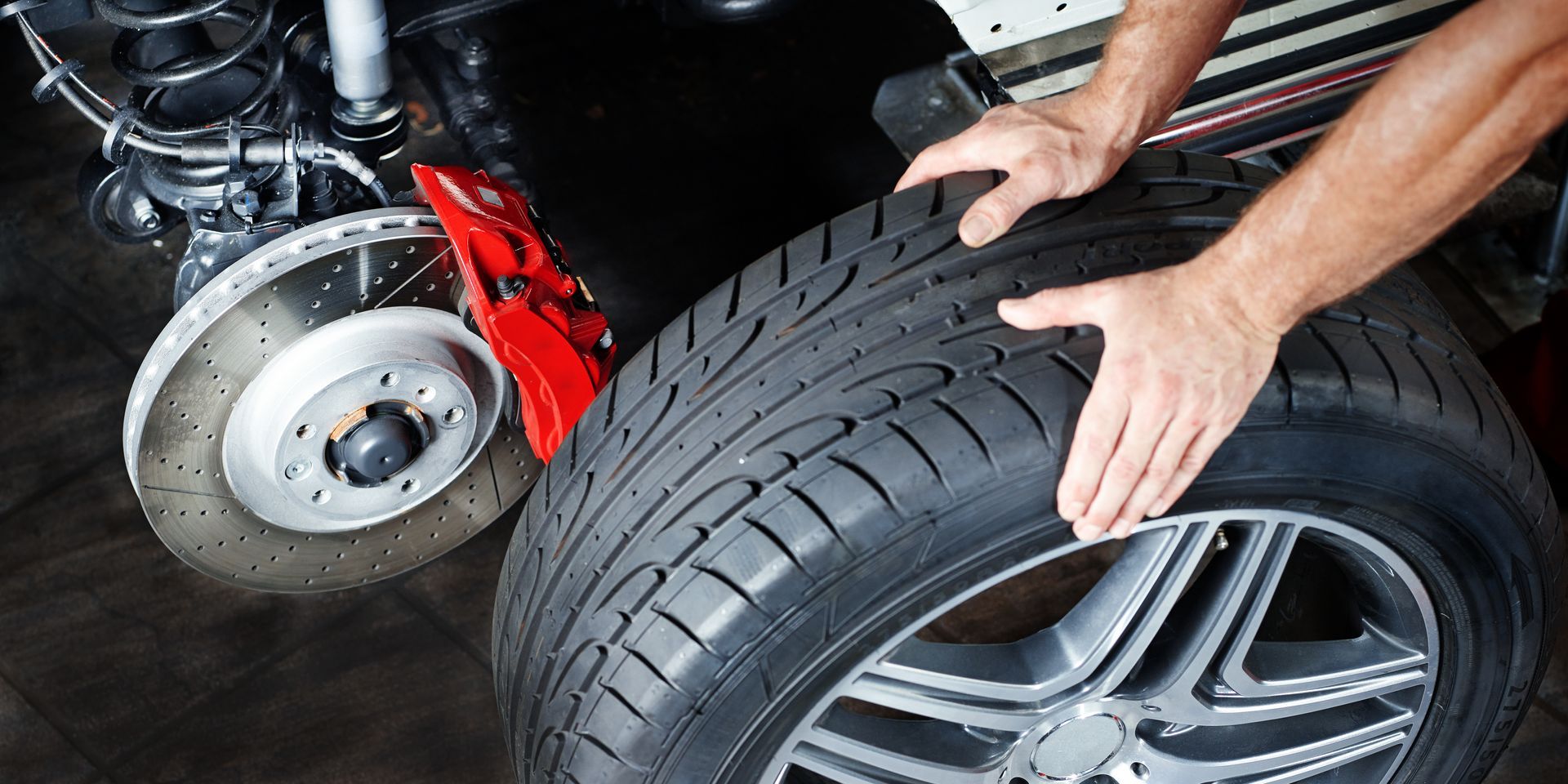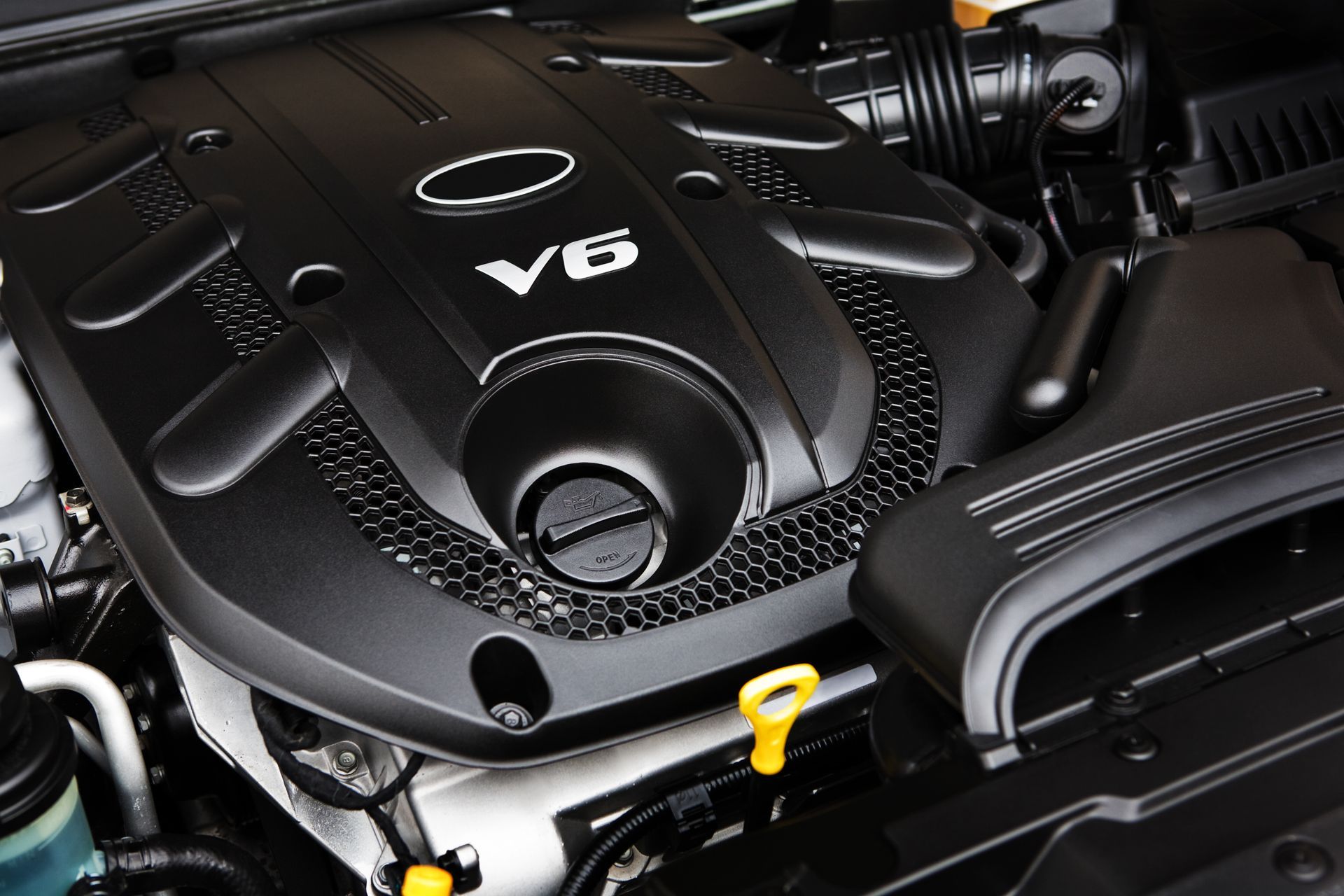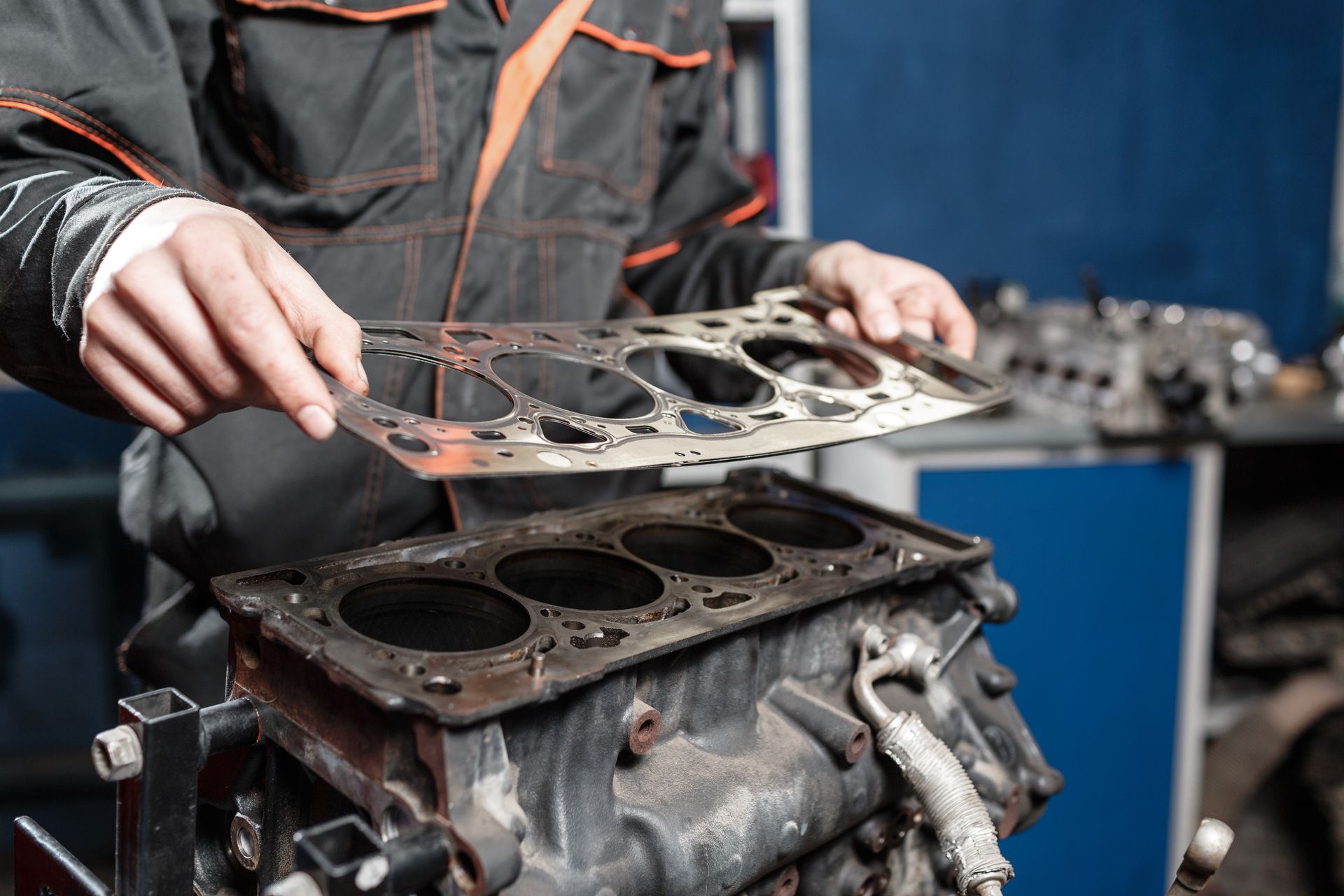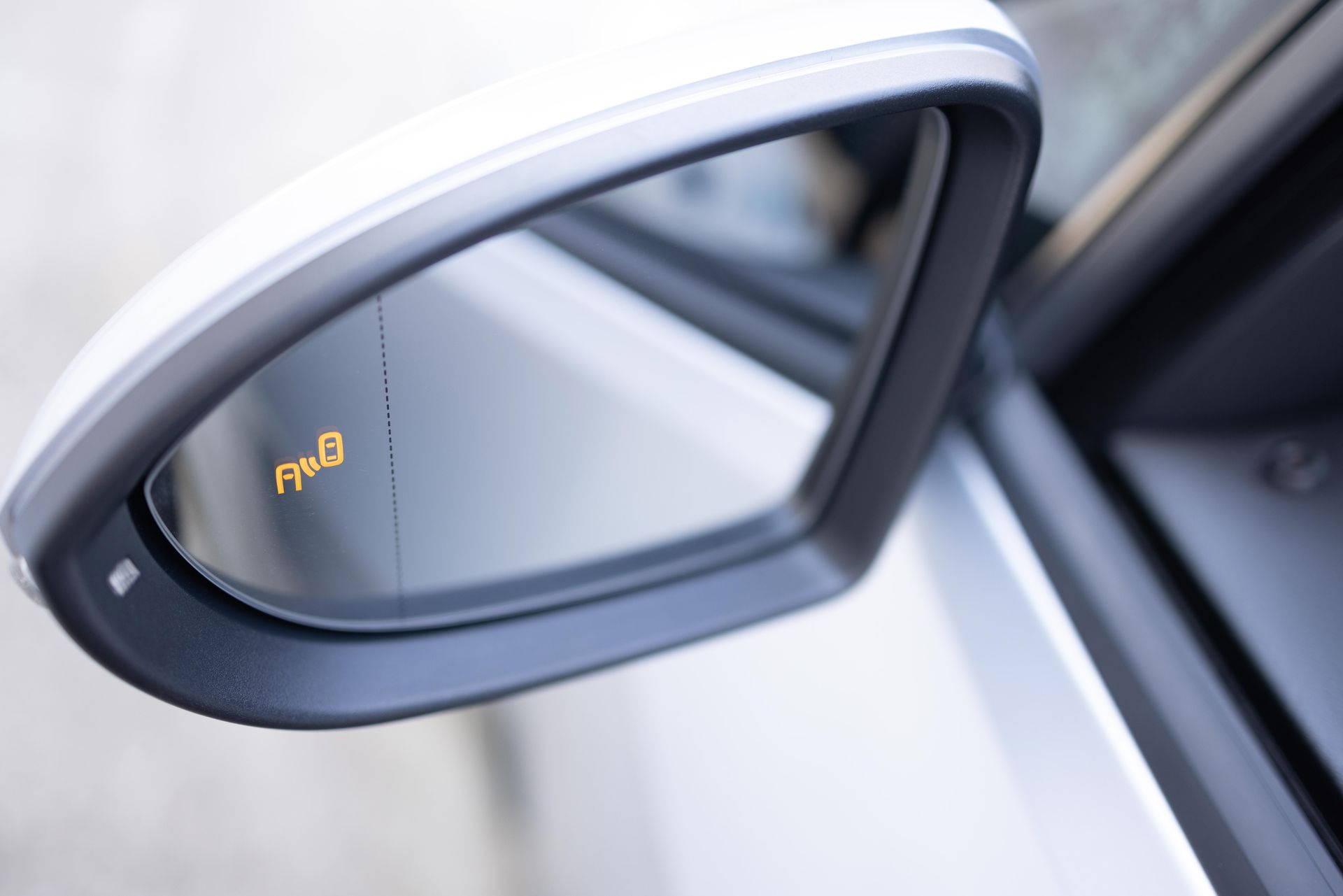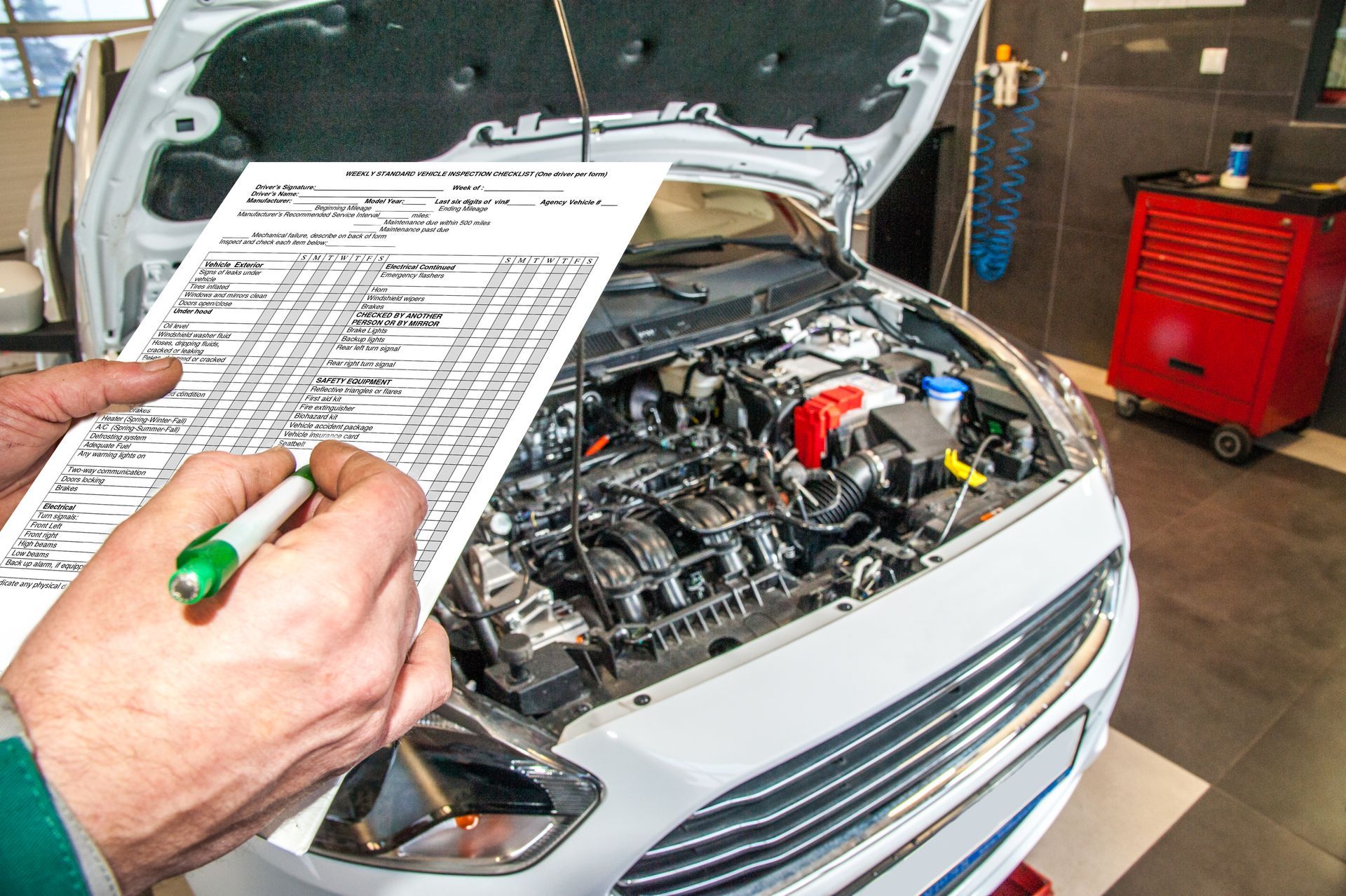Long evening drives after a full workday can wear on anyone. Whether you're stuck in traffic or cruising through long rural stretches, staying mentally sharp is crucial for your safety and everyone around you. Fatigue, monotony, and dim lighting all contribute to reduced focus. The good news is that there are practical ways to stay alert and avoid zoning out behind the wheel. If your daily routine includes long commutes, especially after dark, here’s how to make those drives safer and more manageable.
Start with Enough Rest
It might sound obvious, but nothing replaces a good night’s sleep. If you’re consistently short on rest, the risk of drowsy driving increases significantly. Your reaction time slows, and your ability to stay focused suffers. If you know you'll be driving late, try to avoid late nights beforehand. Even short naps during the day can help if your schedule allows. Chronic fatigue makes driving more dangerous than most people realize.
Keep Your Cabin Cool and Comfortable
Warm, cozy interiors can make you sleepy, especially after a long day. Try lowering the cabin temperature slightly or using your A/C to bring in fresh air. If it's safe, crack a window occasionally for a bit of airflow and outside noise. Sudden changes in temperature or air movement can help re-energize your senses and break the monotony.
Choose the Right Music or Audio
Your playlist can influence your alertness. Slow, relaxing music may be great for winding down at home, but not ideal for staying awake behind the wheel. Try upbeat music, talk radio, or podcasts that keep your brain engaged. Avoid anything that fades into the background or puts you in a mental fog. Switching audio content partway through your drive can also help keep things fresh.
Use Light Strategically
Low lighting naturally tells your body it’s time to wind down. If your dashboard and interior lights are set too dim, your body may interpret that as a cue to start relaxing. On the other hand, overly bright lights can create glare and strain your eyes. Find a comfortable middle ground and make sure your headlights are clean and properly aimed. Clear, consistent lighting helps your eyes stay focused and reduces the strain of driving in the dark.
Don’t Rely on Caffeine Alone
A cup of coffee might give you a quick boost, but it’s not a long-term fix. Too much caffeine can lead to jitters or a crash later on. It’s better to use it as a supplement to other strategies rather than your only line of defense. If you drink coffee before leaving work, pair it with water and a light snack to maintain steady energy. Avoid heavy meals before your drive, as they can make you feel sluggish.
Keep Your Mind Active
Long drives often feel mindless, especially if the route is familiar. That’s when zoning out becomes most dangerous. Try keeping your brain engaged by doing mental exercises, such as planning your day ahead, reciting lyrics, or playing memory games in your head. If you’re listening to a podcast, respond out loud to questions or commentary. Anything that forces you to stay mentally present can help cut through the autopilot feeling.
Take Short Breaks If Possible
If you have a particularly long evening commute and can plan for it, stop briefly to stretch or grab a snack. Even five minutes out of the car can reset your focus and improve circulation. At the very least, try to sit upright and adjust your seat periodically to keep from sinking into a too-relaxed posture. A quick reset can go a long way.
Watch for Warning Signs of Fatigue
If your eyelids feel heavy, your head keeps nodding, or you’re missing turns or signs, those are serious red flags. Drowsy driving can be just as dangerous as driving under the influence. Don’t try to power through it. Pull over somewhere safe, even if it’s just for a few minutes. Giving your body a short break is better than risking an accident from falling asleep behind the wheel.
Stay Safe and Sharp with Help from Yes! Automotive in Texas
Your vehicle plays a part in your safety during long commutes, too. At Yes! Automotive in Texas, we can inspect your lighting, climate control system, tires, and more to ensure your car is helping, rather than hindering, your focus on the road.
If something feels off during your drive or you're preparing for a new work commute, schedule a visit with our team in one of our four locations. We’ll help you stay comfortable, alert, and safe during every mile.
- Yes! Automotive - Porter, 24608 TX-494 Loop, Porter, TX
- Yes! Automotive - Highway 6, 5608 Highway 6 North, Houston, TX
- Yes! Automotive - Spring, 3443 Farm to Market 2920, Spring, TX
- Yes! Automotive – Pinehurst, 31426 Texas 249, Pinehurst, TX
